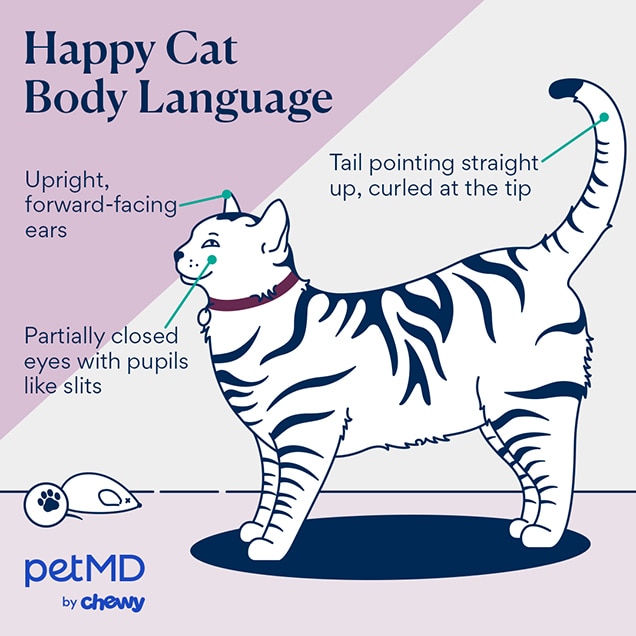Pulse of Information
Stay updated with the latest news and insights.
Purrplexing Feline Behaviors You Never Knew Existed
Unravel the mysteries of your cat's quirks! Discover purrplexing feline behaviors that will leave you amazed and wanting to learn more.
The Mystery of Cat Kneading: Why Do They Do It?
The act of cat kneading, often referred to as "making biscuits," is a fascinating behavior exhibited by felines. This rhythmic motion involves pushing their paws alternately against a soft surface, such as your lap or a cozy blanket. While it may seem trivial, several theories exist to explain this endearing ritual. One popular belief is that it stems from kittenhood, as kittens knead their mother's belly to stimulate milk flow. This instinctive action provides comfort, and many cats carry this soothing behavior into adulthood as a way to mark their territory and express contentment.
Beyond nostalgia, cat kneading also serves practical purposes in a cat's life. When cats knead, they are often engaging their scent glands located in their paws, transferring their unique scent onto the kneaded surface. This behavior not only signifies ownership but can also be a self-soothing mechanism that reduces stress and anxiety. So next time your furry friend starts kneading away, remember that it's more than just a cute quirk; it’s a blend of instinct, comfort, and emotional expression that connects your cat to their primal roots.

Unraveling the Secrets of Catnip: What Really Happens?
Catnip is more than just a playful herb; it holds a fascinating secret that captivates both cats and their human companions. For many felines, encountering catnip can trigger an exhilarating response characterized by behaviors such as rolling, purring, and even playful aggression. Approximately 70-80% of cats are genetically predisposed to react to catnip, with this sensitivity originating from their ancestors. The active compound in catnip, nepetalactone, works by binding to receptors in a cat's nasal tissue, stimulating sensory neurons and creating a euphoric effect that lasts for about 10-15 minutes. After this initial reaction, cats tend to lose interest and may need to wait up to an hour before responding to catnip again.
Interestingly, the effects of catnip are not universal among all cats. Kittens and elderly cats may show little to no reaction due to developmental and age-related factors. Moreover, the response to catnip can vary significantly based on a cat's individual temperament and past experiences. While some cats may engage in frenzied play, others may become more relaxed and calm. It's essential for cat owners to observe their pets and gauge their reactions to catnip, as this can provide insights into their unique personalities and preferences. In short, catnip not only entertains our furry friends but also opens a window into their behavior and genetic makeup.
Why Does My Cat Bring Me 'Gifts'? Exploring Their Hunting Instincts
The behavior of cats bringing 'gifts' to their owners can often be puzzling and even a bit unsettling for some. However, this action is deeply rooted in their hunting instincts. Cats are natural hunters, and whether they live indoors or outdoors, their predatory behavior can manifest in various ways. When your cat proudly presents you with a 'gift', such as a caught mouse or bird, it may be their way of showcasing their hunting prowess. They are instinctively sharing their bounty with what they perceive as their family, reinforcing the bond with their human companions.
Additionally, this behavior can serve multiple purposes beyond just showing off. For cats, presenting 'gifts' is a form of communication. It can be interpreted as a way of saying, "Look what I can do!" or even, "I care for you and want to provide." In their eyes, bringing 'gifts' is a critical part of their survival instincts, showcasing their role as hunters. Understanding this instinctual behavior not only enhances our appreciation for our feline friends but also deepens our relationship with them by recognizing their innate need to hunt and share.